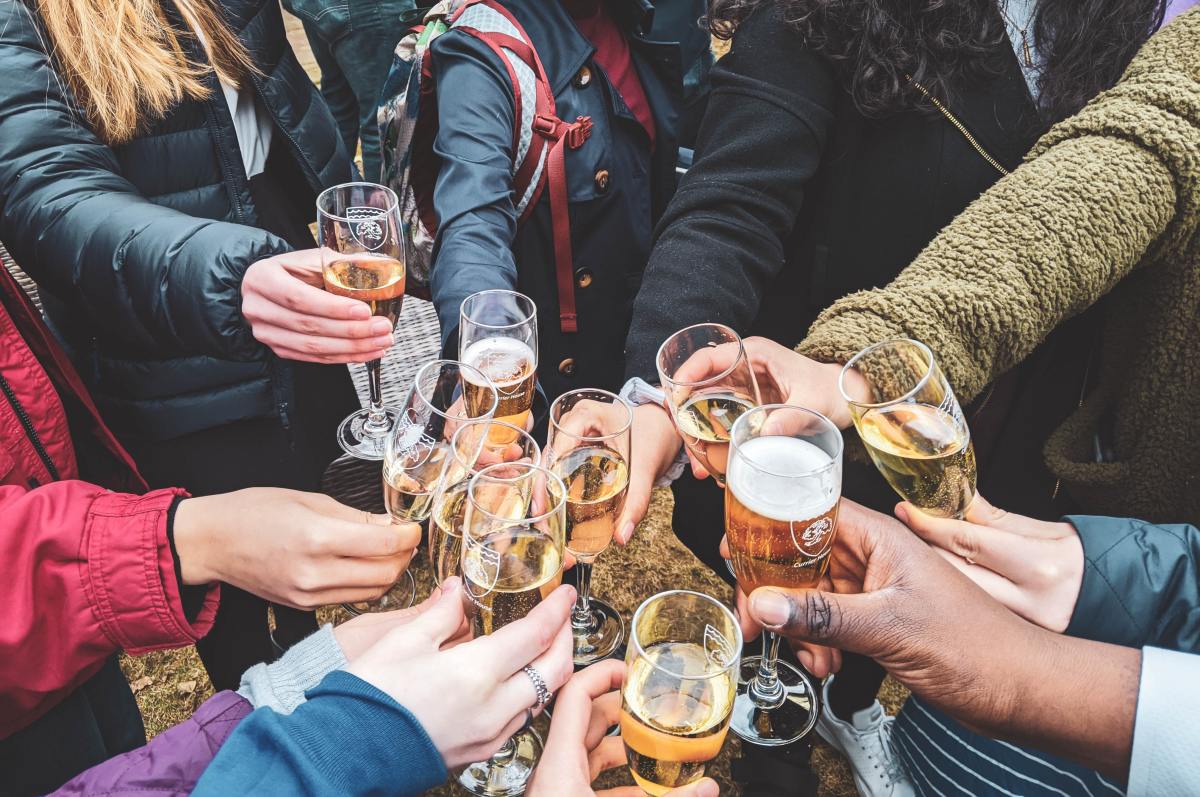This is an article we first published in 2022, but are republishing here because, well, little has changed and it’s a timely reminder that the sector needs to take affirmative action to see our luminaries given their due…
Another year, and another list of King’s Birthday Honours is rolled out, and yet the story remains the same. The arts are missing.
Each year come Australia Day and the Queen’s (now King’s) Birthday, ArtsHub trawls through the lists of honours to see who in the arts and culture sector have been awarded. But inevitably these lists bring disappointment (this is not said to discredit the honours that are made). It is a case of numbers – specifically, the lack of artists and arts workers honoured each year.
Quick summary
On average (over the years 2019 to 2022), 9% of both awards (individually and grouped together) are awarded within the arts, culture and screen sectors.
- Queens Honours 2022: 669 awarded in General Division (992 total); 61 within arts, culture and screen sector (or 9%)
- Queens Honours 2021: 947 awarded in General Division (1,190 total); 77 within arts, culture and screen sector (or 6.5%)
- Queens Honours 2020: 710 awarded in General Division (933 total); 68 within arts, culture and screen sector (or 9.6%)
- Queens Honours 2019: 993 awarded in General Division (1,214 total); 97 within arts, culture and screen sector (9.8%).
- Australia Day Honours 2022: 732 total in General Division; 61 within arts, culture and screen sector (8.3%).
- Australia Day Honours 2021: 570 total in General Division (844 total); 59 within arts, culture and screen sector (10.4%). Surprisingly – and going against the trend – sports (both community and professional service) were pipped this year by honours administered to the arts and screen sectors (59 to 51).
- Australia Day Honours 2020: 837 total in General Division; 86 within arts, culture and screen sector (or 10.2%).
- Australia Day Honours 2019: 1127 total in General Division (1400 total); 88 within arts, culture and screen sector (or 7.8%)
* These figures are based on the General Division Honours (not including the Military Division or Meritorious awards for Public Service Sector).
How Australia’s Honours system works
Anyone can nominate someone to be recognised through the Order of Australia – in fact the process relies on nominations from the community. To complete a nomination you will need:
- To provide the person’s name, age and contact details;
- To explain why they are deserving of award, including details of their actions of service; and,
- To provide details of up to four referees to support the nomination.
Patron, arts lobbyist and craft curator, Meredith Hinchliffe AM is an advocate of the process. She has nominated 12 people in the past, all of whom were awarded. She told ArtsHub: ‘Perhaps people in the arts should think about who should get an award, or such recognition, and do something about it… it is worth doing!’
The Honours and Awards Branch explains the process in its most recent report (2017-2021): ‘Each recipient has been nominated, that nomination extensively researched, before the nomination is considered by the independent Council for the Order of Australia and, if suitable, recommended to the Governor-General.
‘This is the system’s great strength – it is free from influence and equally open to all – but means that nominators must be aware of the system, be motivated to engage with it and be able to access it,’ writes Paul Singer, Official Secretary to the Governor-General.
Singer adds that it is not the responsibility of the Branch to call for nominations or to motivate people to engage. This means that it is up to our sector to do the work if it wants to be recognised in this way.
The Australian honours system formally began on 14 February 1975. The Australian Honours are administered by the Honours and Awards Branch (the Branch). It reports Awards data every five years to ensure a commitment to transparency.
Amendment post-publishing: A former member of the Secretariat has reached out to ArtsHub, to further add that: ‘The nominator has no say in the level of the award; i.e. AC, AO, AM, OAM. No nominator chooses which of the two rounds that are considered. That is determined by the Council. Each nomination takes between 18 and 24 months for the Secretariat to research and then deliver the results, plus the nomination, to the Council.’
What the numbers say
One positive statistic that has come out of recent reporting is that the number of women recognised has increased between 2017 – 2021 from 33% of recipients to 41% across both Honours lists.
The Branch reported that 591 nominations were considered in this period. They define ‘The Arts’ via the sub-categories: Acting/Theatre, Administration, Art, Dance, Entertainment, General, Literature, Museums and Galleries, Music, Opera, Photography, Sculpture/Pottery /Artisan/ Crafts/Trades, and Other.
ArtsHub casts its eye more broadly across these lists each year, to include screen, some arts-specific broadcasting, arts patronage and philanthropy, community service at small cultural and heritage organisations, and arts specific education – all of whom, we believe, contribute significantly to our sector.
Is one of the problems then in the lack of knowledge of the nominations process to better acknowledge the arts?
In our Quick Summary above we established that an average of 9% of Honours go to our sector. There is no data on the number of nominations that do not get through.
There appears to be no trending – up or down – in the King’s Honours lists, which remain pretty static at 9%, while there is a slight drop in Australia Day Honours. One question that has arisen in recent years is whether fewer people are nominating for Australia Day Honours due to the growing push to change the date led by the Invasion Day movement and out of respect for Indigenous sovereignty.
Read: Yet again, the arts barely make the Queen’s Birthday Honours (2022’s list)
Why it’s important to nominate your peers
Clearly, value starts with self-valuing first. The arts and creative sectors will not magically appear – or see their numbers increase – across these lists unless our sector is more proactive in nominating its own.
It is a little like a grant application (and hey, we have applied for plenty of those!). By submitting nominations you are reminding the broader Australian society that the arts are valued, and contribute significantly to society.
First, every nomination has to be researched – and doing so directs attention to an organisation or individual. Second, if the nomination is accepted, that list is widely published and helps cement the arts as a key component of contemporary Australian society.
What about timing?
Nominations are open year round, with the pattern of the past five years showing that the volume of nominations received per month increases after each honours list announcement – Australia Day (26 January) and the King’s Birthday (second Monday in June).
So, in other words, the time is now – the time is always – to make our sector stronger in the eyes of others by shouting out about its achievers.





